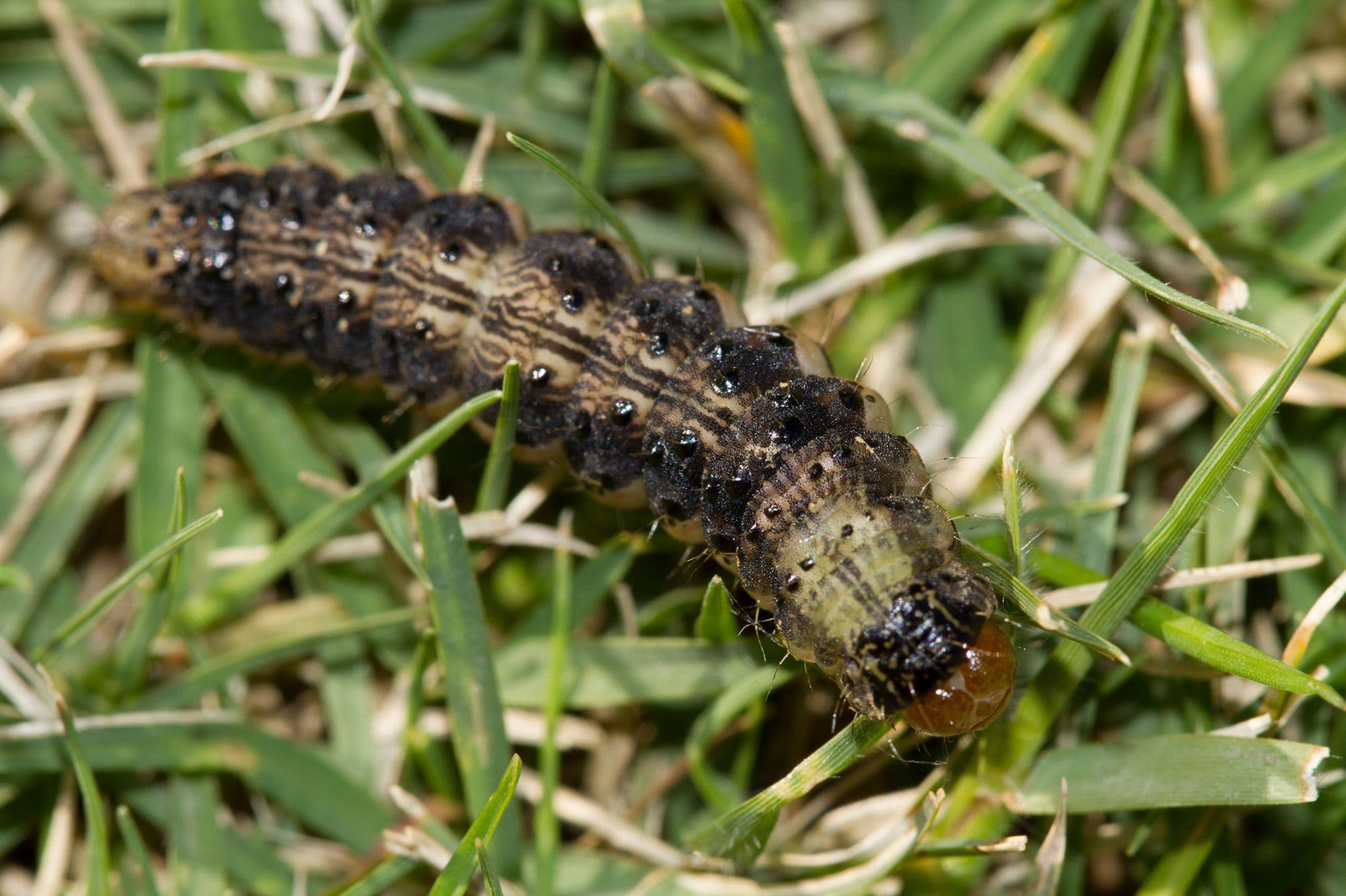Summary
The caterpillars of the corn earworm (Helicoverpa armigera), also known as the cotton bollworm, are a significant pest of cotton and can be problematic in other crops, including pulses, oilseeds, coarse grains and winter cereals, and some vegetables. It is more commonly found in the northern and coastal regions of eastern Australia, particularly in warmer areas.
This species has developed high levels of resistance to insecticides. To manage this pest effectively, it is important to use a combination of biological and cultural control methods, in addition to appropriate insecticides. This can help to minimize the use of insecticides and reduce the risk of further resistance developing.
Chemical Management
Controlling the corn earworm is complicated due to its resistance to many insecticides, including endosulfan, synthetic pyrethroids, and carbamates. This species also shows lower levels of resistance to organophosphates, spinosad, and indoxacarb.
There are resistance management frameworks to manage the pest in both Cotton and grains.
The timing of chemical applications and coverage are critical for effective control. It is important to target small larvae up to 7mm in length and apply insecticides before they move into flowering pods.
Selective insecticides for control are now widely registered in grain crops. Soft options, such as using Bt (Bacillus thuringiensis) and nucleopolyhedrosis virus (NPV) based biological insecticides, can also be used.
Resistance
Biological Management
The corn earworm has several natural enemies that can support control. These include shield bugs, damsel bugs, assassin bugs, native earwigs, tachinid flies, orange caterpillar parasite, two-toned caterpillar parasite, Trichogramma wasps, lacewings, and spiders.
Trichogramma pretiosum, an egg parasitoid that targets Helicoverpa among other caterpillars, is available to purchase for release.
Additionally, naturally occurring fungal diseases and viruses can also play an important role in reducing their numbers during some seasons. Utilising these natural enemies can be an effective and environmentally-friendly way to manage corn earworm infestations.
Natural Enemies

Lepidopteran larval parasitoids
Order: Hymenoptera
High efficacy

Rove beetles
Family: Staphylinidae
Moderate efficacy

Spiders
Order: Araneae
Moderate efficacy

Hoverflies
Syrphidae sp.
Moderate efficacy

Predatory bugs
Order: Hemiptera
Low efficacy
Cultural Management
There are a range of options available to manage corn earworm in different areas and crops. In southern crops, windrowing canola or desiccating pulse crops like field peas can be a viable solution to hasten the drying of crops when small to medium-sized larvae are present. Cultivating and slashing can also help reduce pupal and larvae survival.
In northern areas, chickpeas can be planted as a trap crop to capture overwintering populations emerging from diapause. Avoid planting summer legumes successively. Proper weed management within and around crops can also help prevent the buildup of corn earworm and other insect pests. By implementing these methods, farmers can help control corn earworm and protect their crops.
Resources

CropLife Helicoverpa spp. resistance management strategy
Resistance management

Corn earworm PestNote
PestNote

Science behind the RMS for H. armigera in Australian grains
IPM guidelines for grains
Resistance management
Experts

Melina Miles
Resistance monitoring
The Beatsheet
Beneficial insects
IPM
Identification

Lisa Bird
Resistance monitoring
IPM
Resistance management
Population genetics
Resistance mechanisms
Transgenic crops





